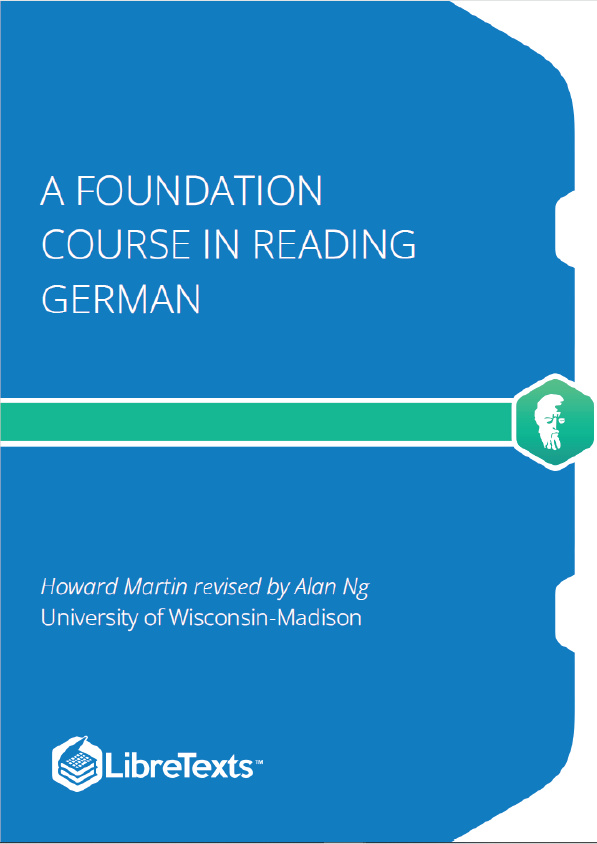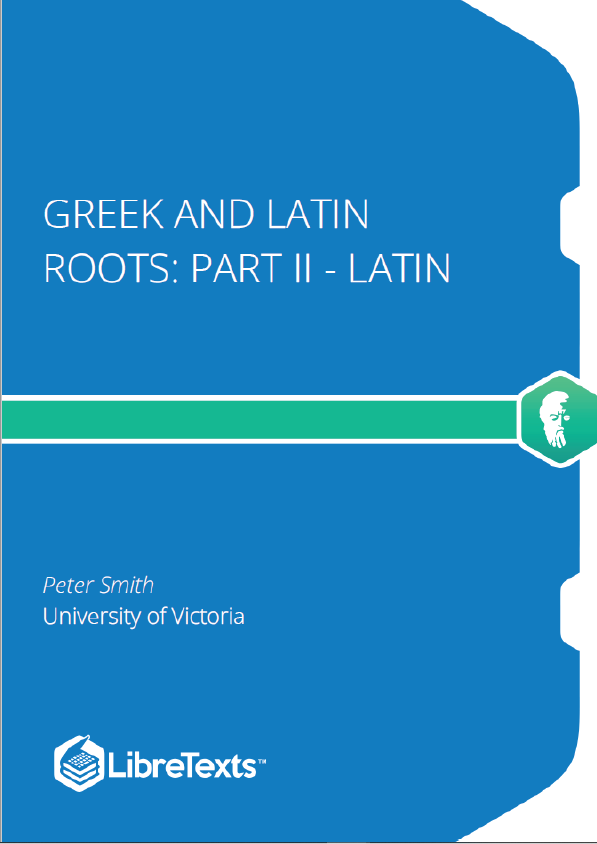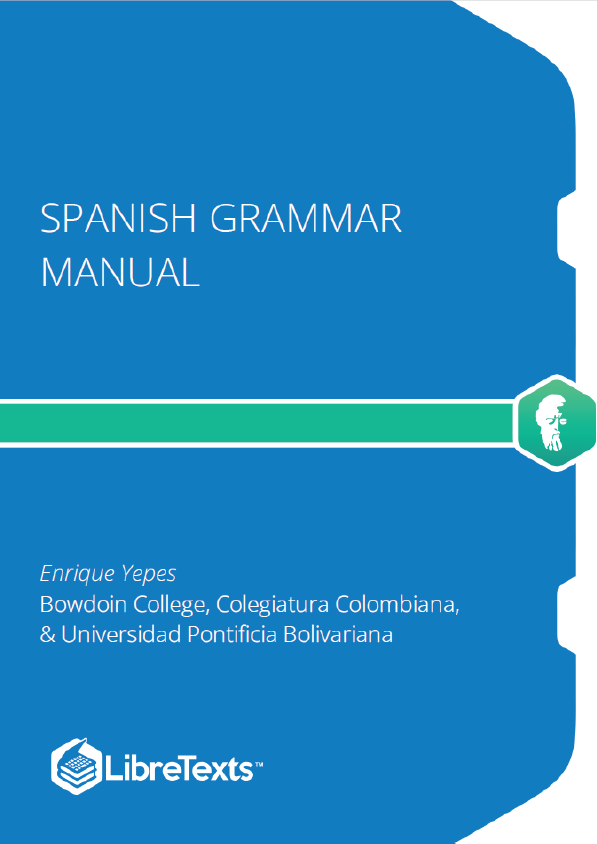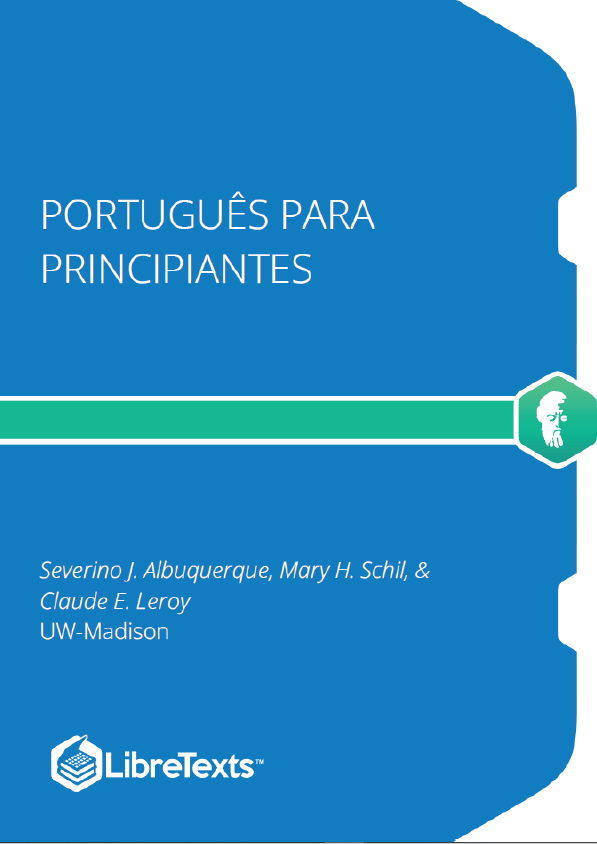In this unit, in the context of simple sentences that only involve the nominative and accusative cases, you will learn how to:
- Identify the case, number and gender of nouns, pronouns, definite articles, and indefinite articles.
- Identify the subject, verb, and object. Decide whether a sentence is a statement, a yes/no question, or a question-word question.
- Select the appropriate English verb tense to use to translate various German present-tense and simple-past verb tense usages.
Unlike English nouns, all German nouns are capitalized. This is very useful as you learn to read German. You can easily identify the nouns in these two sentences:
- Der Mann hat einen Bruder und eine Schwester, aber keine Eltern mehr. Die Frau hat keine Schwestern und keine Brüder, aber zwei Tanten.
Of course, the first words of each sentence are also capitalized. Der and Die are articles, not nouns.
Noun Gender and the Nominative Case
German nouns have gender, i.e., they are masculine, feminine or neuter, but memorizing the gender of every noun is not particularly important for reading German. What is of significance is that the definite articles (the words for “the”) differ according to gender and undergo changes according to the role the word plays in a sentence. (More on this later.)
Noun Plurals
The most important thing to learn about German noun plurals is that, unlike in English, how a noun is spelled is neither an easy nor a reliable way to tell whether it is singular or plural. Instead you will need to rely on other reading cues introduced over the first four units of this textbook.
In English, noun plurals are generally formed by adding –s or –es, but there are some exceptions such as men, geese, oxen, children, fish, and deer where respectively we have: changed a stem vowel; added –en; added -ren; or – as in the last two examples – where we have made no change at all. Whereas in German, very few nouns form their plurals with an –s. Those that do are usually borrowed foreign words such as Hotel, Auto, Restaurant; these have plural forms ending with –s: zwei Hotels.
German nouns use a very wide range of plural forms, much wider than the range of the English “exceptions” given above. And what’s more fundamentally disturbing to our English habit of relying on noun spellings is the fact that German nouns change their spelling for more reasons than just their singular or plural status. (You’ll learn about other reasons for noun spelling changes in upcoming units). So the bottom line for readers of German is that you cannot simply rely on a noun’s spelling. Instead you must learn to pay attention to the context of the noun, for example the particular form of the noun’s article, whether a verb is conjugated for a singular or plural subject, etc. By Unit 4 of this course you will have learned all the possible clues you can look for to determine whether a noun is singular or plural. You will also discover that it is faster and easier to “read” the surrounding articles and word endings on words that modify a noun (since there are only a handful of articles and modifier endings to learn) than it is to consult your dictionary for every single noun to check what the noun’s spelling might be telling you. Use your dictionary for this purpose only as a last resort, because that is the source most likely to mislead you.











